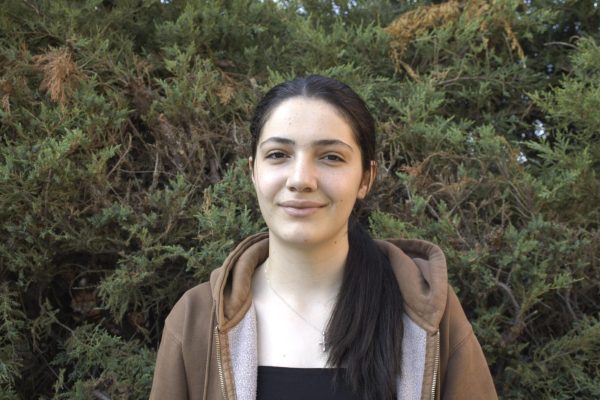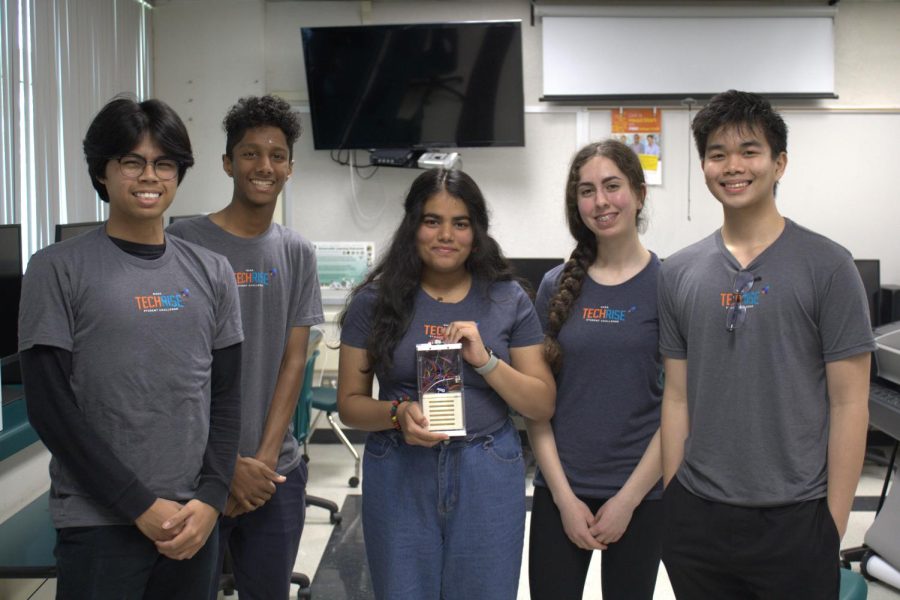GIS Students Get the Green Light for Lift Off
The students’ experiment will be launched from a NASA lab in June.
On May 5th, Mrs. Evans-Bye’s GIS students took their class project to the national stage. A group of five students: sophomores Angelina Joby, Seedra Elias, Miguel Alfonso De Leon, Noah Kurien, and junior Russel Canlas presented their pitch to other student groups selected by Nasa TechRise. The challenge from NASA was for students to create an experiment that would be launched into the stratosphere this summer by a high altitude balloon to collect samples and data.
The group of five from the GIS class designed an air filter to send in order to collect microorganisms like bacteria, fungi, as well as different particulates to test them. “We hope to be able to discover some new types of bacteria or something interesting that we could further research,” Joby said. “Originally we thought that because the stratosphere is such a hostile environment that nothing could really be flying around, but after a Google search we realized that we were wrong and microorganisms do exist.” After extensive research and studies with similar experiments sent into the stratosphere, the students submitted their proposal to NASA in October. Months later in January the surprising news of the acceptance of their proposal was revealed. As soon as the team found out that their proposal was picked, the students started crafting their air filter which they named the The Flying Leeuwenhoek.
The students along with the other groups selected by NASA had the chance to introduce each other and the public to their projects through a virtual showcase. “There were really cool projects out there like growing crystals in the stratosphere and tracking the growth conditions,” Joby said. The different groups had the chance to look at each other’s experiments and to get to know the other groups in their regions.
The students are awaiting the launch of their experiment in June, and once the experiment makes it back to Earth, they will use NASA technology to study the data collected.

Interests/Hobbies? Volleyball, Piano, Writing and Reading, Watching Basketball/Soccer.
Dream Destination? Switzerland
Something I'd tell my 10 year...










